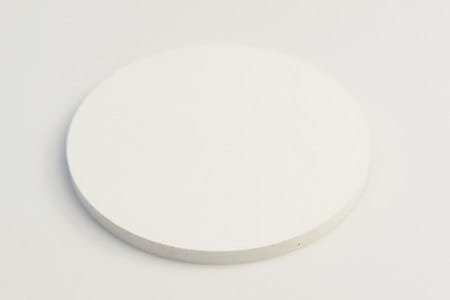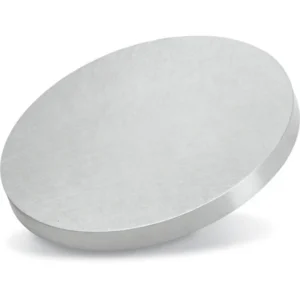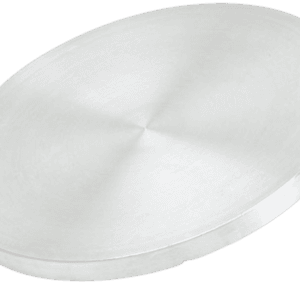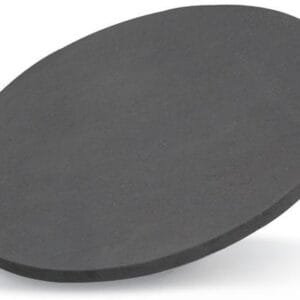| Material Type | Zinc Oxide doped with Sodium |
| Symbol | Zn0.99Na0.01O |
| Color/Appearance | Various colors, Solid |
| Melting Point (°C) | N/A |
| Relative Density (g/cc) | >95% |
| Water Solubility | Insoluble |
| Sputter | RF, RF-R, DC |
| Type of Bond | Indium, Elastomer |
| Comments | Various composition available |


 MSDS File
MSDS File



Reviews
There are no reviews yet.